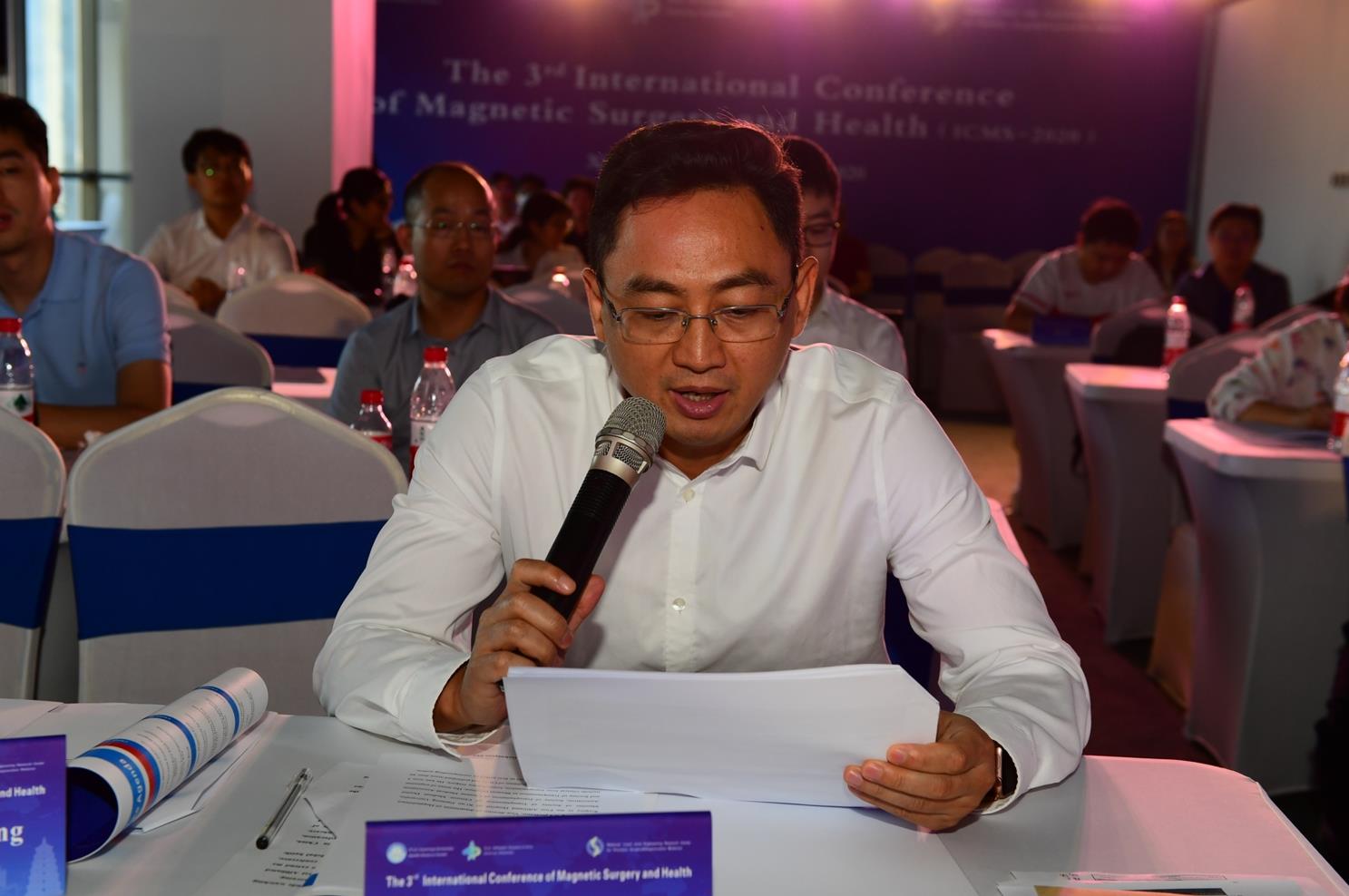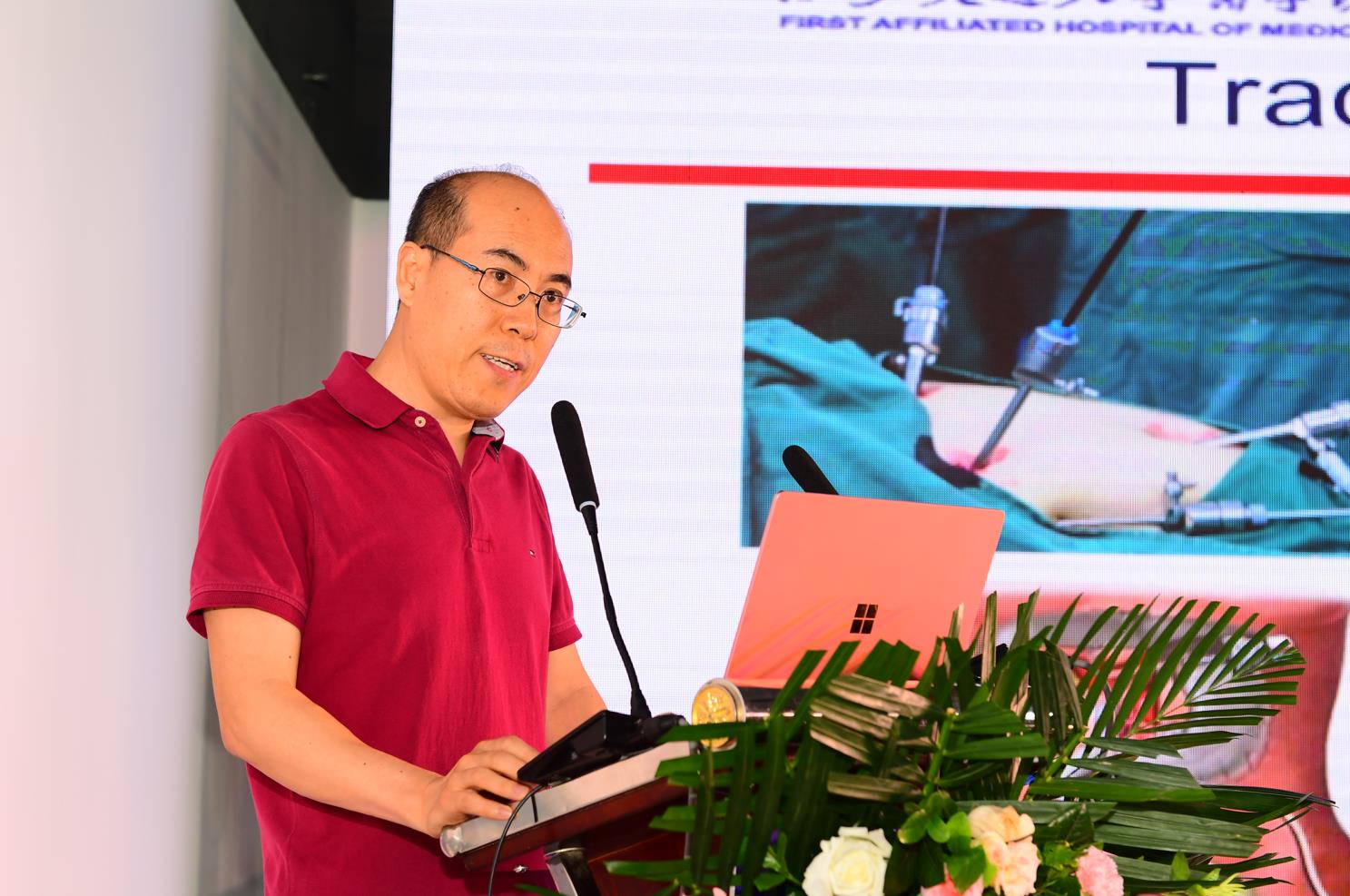From June 12 to 13, the Third International Online Conference of Magnetic Surgery and Health was held ceremoniously in Xi'an City with the theme of "Magnetic-driven Surgical Revolution", hosted by the Xi'an Jiaotong University (XJTU) Health Science Center, the First Affiliated Hospital of XJTU, and the National Local Joint Engineering Research Center for Precision Surgery & Regenerative Medicine.
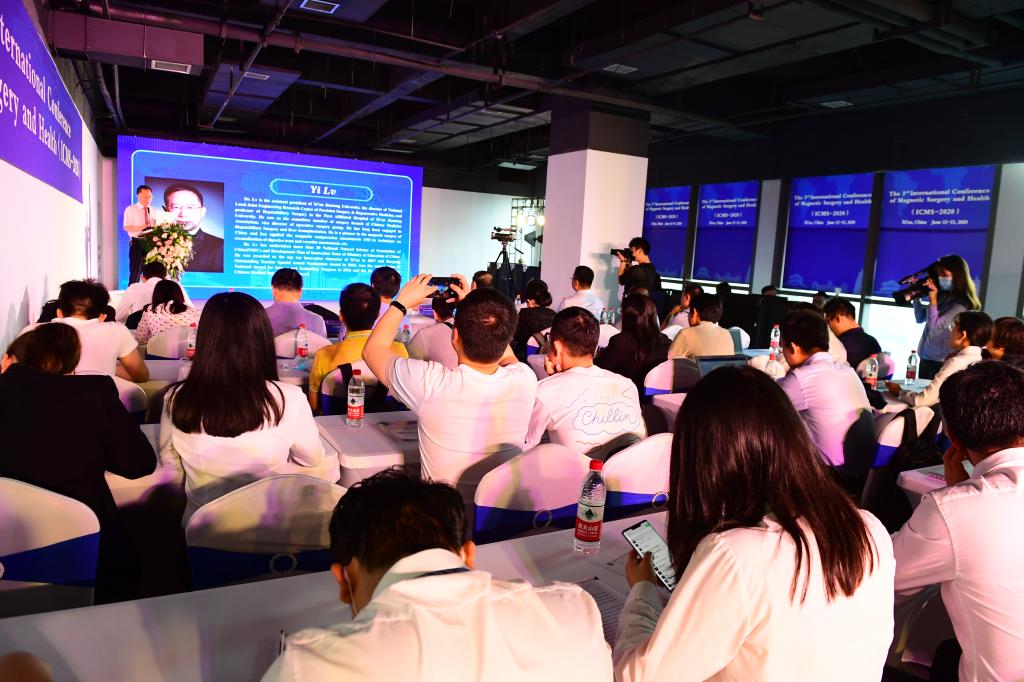
Academician Dong Jiahong of Beijing Tsinghua Changgung Hospital, Academician Wang Qiuliang of the Institute of Electrical Engineering (IEE) of Chinese Academy of Sciences (CAS), Professor Micheal Harrison of UCSF and Paul Antoine Lehur of Nantes University Hospital in France jointly served as the honorary chairmen. Professor Lu Yi of XJTU, Professor DongKi Lee of Yonsei University of Korea, Professor Luigi Bonavina of the University of Milan in Italy, and Jeffrey Cadeddu of the University of Texas in the United States served as the chairmen. Professor Gu Ning of Southeast University, Professor Shang Peng of Northwestern Polytechnical University, Professor Wu Rongqian of XJTU and Researcher Zhang Xin of Hefei Institute of Physical Science, Chinese Academy of Sciences jointly served as the executive chairmen. Nearly 40 experts and scholars from the United States, Italy, France, Australia, Sweden, South Korea, Czech Republic, Ireland, United Arab Emirates and China gave the conference reports. The process was broadcast live in English, and it conducted Chinese simultaneous interpretation.
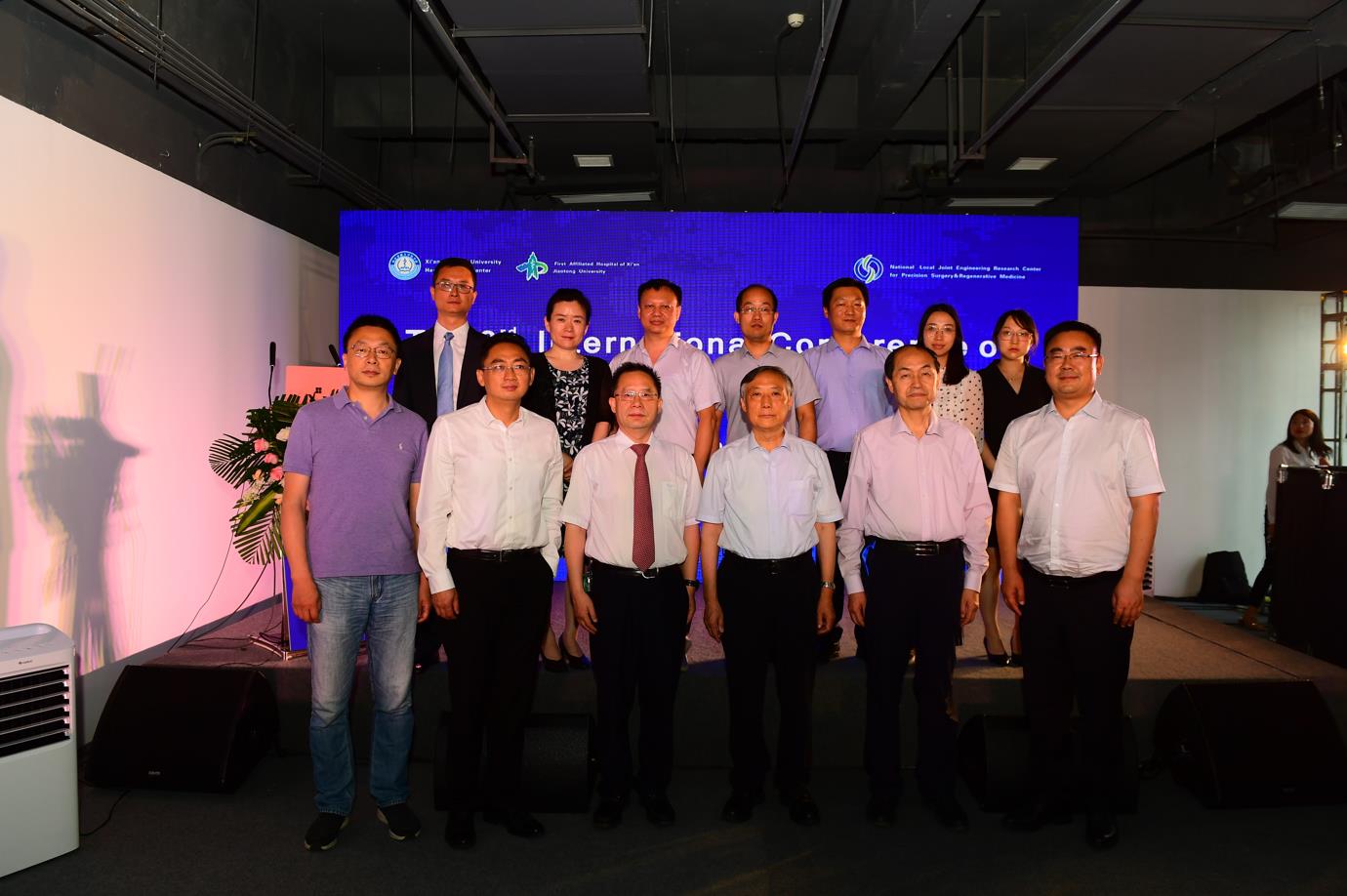
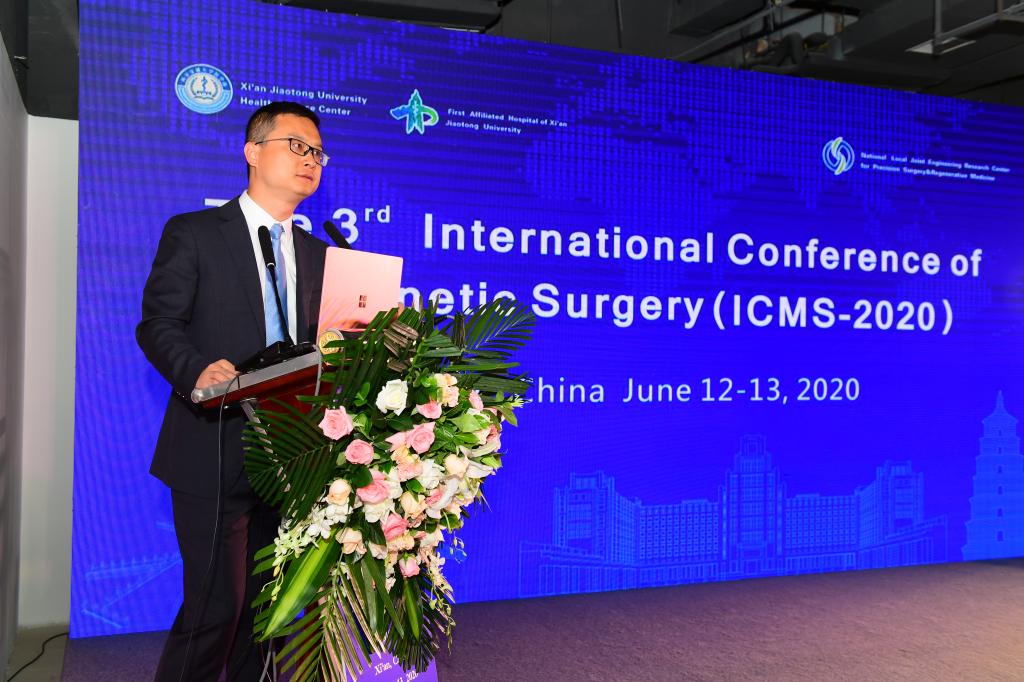
At the Conference, Professor Lu Yi introduced the key concepts of magnetic navigation technology for endotracheal intubation robot. Academician Wang Qiuliang reported the advances in medical application of magnetic navigation system. Professor Zhao Xuanhe from Massachusetts Institute of Technology introduced the magnetic soft robot. Professor Gursel Alici of the University of Wollongong in Australia introduced the actively controlled medical robotic capsules: their actuation, localization and drug delivery capabilities. Professor Gu Ning reported on the biomedical high-performance magnetic nanomaterials and the assembly. Researcher Zhang Xin introduced the magnetic field and angiogenesis. Professor Vitalii Zablotskii of Czech Institute of Physics introduced the mechanisms of biological effects of magnetic field. Professor Shang Peng reported on the safety of static magnetic field. Professor Fan Haiming from Northwestern University introduced the engineered magnetic nanoparticle for tumor nanothermotherapy. Professor Wang Xiaomei of Shenzhen University introduced rotating magnetic field ameliorates autoimmune diseases by regulating the balance of Treg and and Th1/Th17. Professors Liu Ming, Ma Tianyu of Xi'an Jiaotong University, Liu Zhuang, Ningbo Institute of Materials Technology & Engineering, CAS, and Li Chao, Deputy General Manager of Xi'an Ju Neng Superconducting Magnet Technology Co., Ltd. reported on the latest progress of rare earth permanent magnet materials, electromagnetic and superconducting magnets respectively.
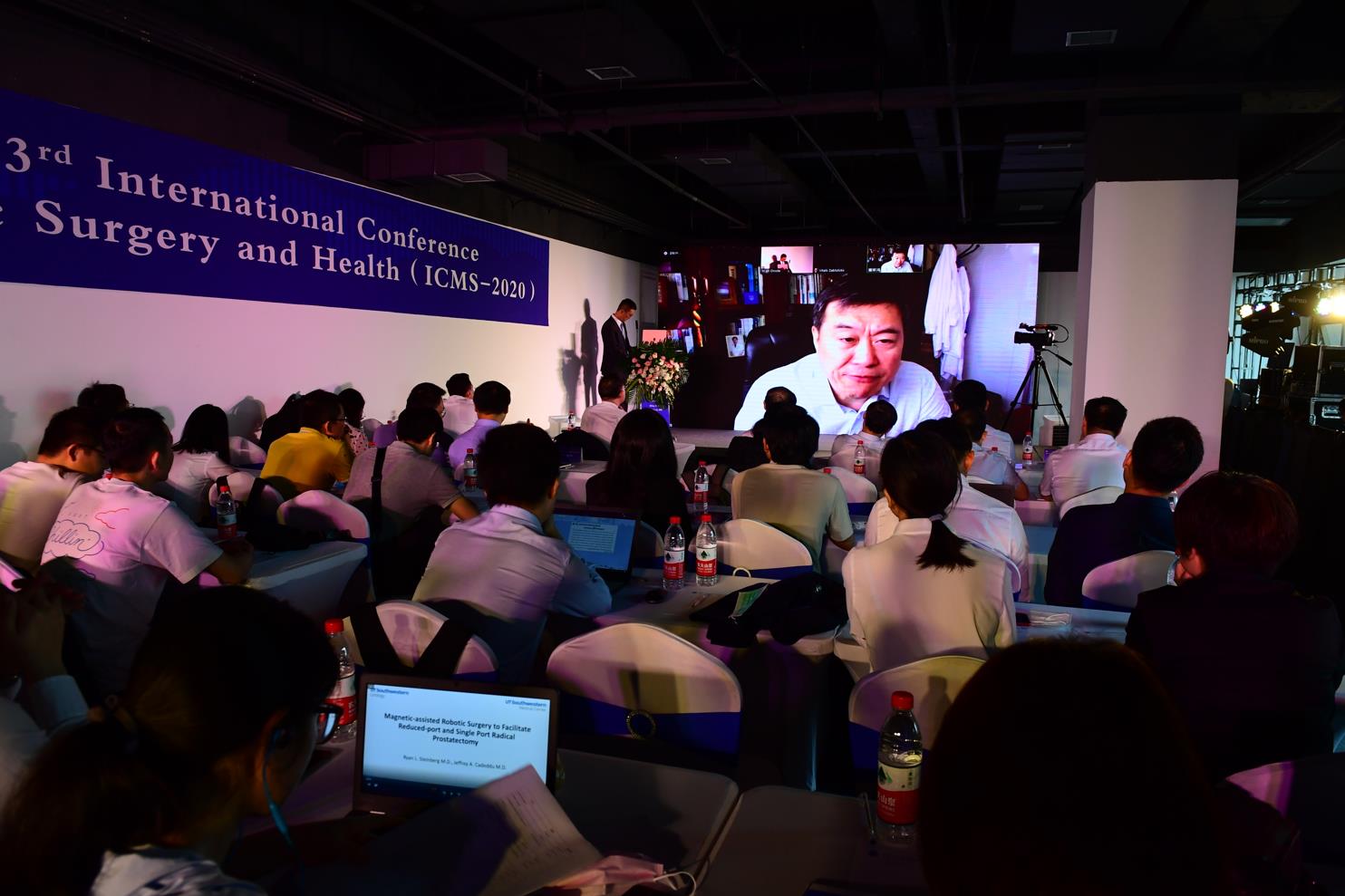
Professor DongKi Lee reported on the challenges for patients suffering from refractory benign biliary stricture. Yan Xiaopeng, Associate Researcher of Xi'an Jiaotong University, reported magnetic compression anastomosis for ureteral stricture after renal transplantation. Professors Jeffrey Cadeddu and Ryan Steinberg of Southwest Medical Center of University of Texas introduced the magnetic-assisted robotic surgery to facilitate reduced-port and single port radical prostatectomy. Professor Matthew Kroh of Cleveland Medical Center in Abu Dhabi, Abu Dhabi, United Arab Emirates, Professor Luca Bertolaccini of European Institute of Oncology in Milan, Italy and Professor Bai Jigang of Xi'an Jiaotong University respectively made the reports on the application of magnetic anchor technique in their hospitals respectively. Professor Luigi Bonavina of the University of Milan in Italy and Professor Sun Yifeng of Shanghai Chest Hospital introduced the clinical results of magnetic sphincter enhancer in the treatment of gastroesophageal reflux disease. Professor Hu Bing, from West China Hospital,Sichuan University, introduced the applications of magnets and magnetic force in gastrointestinal tract endoscopic examination. Professor Shui Xiang from Xi'an Jiaotong University, Professor Chai Ningli of PLA General Hospital and Professor Gong Wei of Shenzhen Hospital of Southern Medical University introduced the application of magnetic assist-guided technology in ESD. Professor Fan Lin of Xi'an Jiaotong University introduced the minimally invasive treatment technology of digestive tract tumor with double-endoscope combination and magnetic localization. Liu Shiqi, Deputy Chief Physician of Xi'an Children's Hospital, reported on the analysis of the curative effect of magnetic anastomosis in the treatment of congenital esophageal atresia and stenosis.
Professor Wang Bo of Xi'an Jiaotong University introduced the use of magnet-hydrogel complex in rapid vascular anastomosis and liver transplantation. Professor Paul Antoine Lehur, Nantes University Hospital in France, introduced the research on the treatment of application of magnetic sphincter enhancer in fecal incontinence. Dr. Tim H. Fass, from University College Cork in Ireland, introduced the self-assembled magnetic devices for minimally invasive surgery. Professor Zhang Hongmei from theAir Force Hospital of the Southern War Zone of CPLA introduced the experimental study on the application of magnetic surgery technology in the rapid reconstruction of intestinal tract after abdominal war trauma. Dr. Ren Fenggang of Xi'an Jiaotong University introduced the magnetic anchor assisted endoscopic irreversible electroporation gastric mucosal ablation.
Based on the magnetic surgery technology that has been developed maturely clinically, this Conference discussed the "Experts’ Consensus on Application of Magnetic Anchor-guided Technology under Thoracolaparoscope", "Experts’ Consensus on Magnetic Anchor-guided Endoscopic Submucosal Dissection (MAG-ESD)", "Experts’ Consensus on Application of Magnetic Anastomosis Technology in Digestive Tract Reconstruction", "Experts’ Consensus on Magnetic Recanalization for Treatment of Esophageal Stenosis in Children" and "Experts’ Advice on Magnetic Recanalization for Treatment of Biliary Tract Anastomotic Stricture after Liver Transplantation", etc. The discussions were positively responded by the experts attending the Conference.
